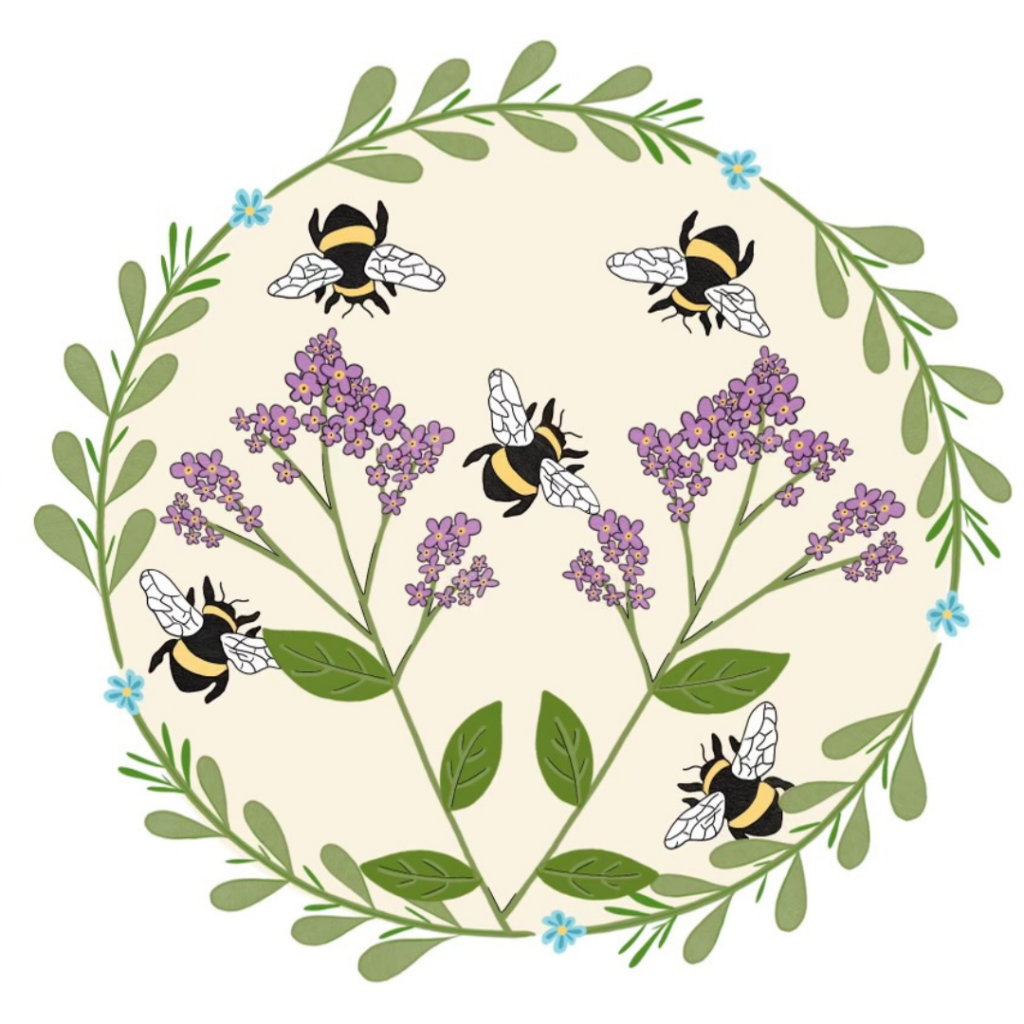
Introduction
In this lesson plan, we incorporate pollinator gardening as an ongoing tool for sanctuary educators to encourage participants to think critically about the interconnections between the well-being of human and nonhuman animals, harmful activities like modern farming practices, and sanctuary-related work. The ultimate goals of this lesson are to teach late elementary-aged children about some of the pollinator animals that are native to your sanctuary’s local area and their importance to your local and global communities, and explore some of the ways they can help them by creating an enriching pollinator garden.
Below you will find a form to fill out to receive this free downloadable sanctuary education lesson plan. This lesson is the third part in a multi-part late elementary-age sanctuary education program. It can be used by sanctuary educators and representatives as a stand-alone lesson or, ideally, as part of a long-term program with Late Elementary Lessons One, Two, and Four. As with every educational program we create, please leave room to edit, modify, and adapt the activities, questions, and materials based on your sanctuary and audience’s specific needs. Built-in flexibility is an important aspect of effective educational design. You can also expand this lesson plan by including additional charts, pictures, graphics, videos, and infographics of your choice. There are a ton of wonderful resources on pollinator gardening. Please check out the additional resources listed on the lesson plan as well as the sources listed below for more inspiration and ideas. Please also check out the introduction to our first Early Elementary Lesson Plan for important things to consider as you develop and implement the third Late Elementary-Age Lesson Plan at your sanctuary (i.e. positionalities, language use, modifications for disabilities, common core learning standards, and more).
Download the Lesson Plan
Enter either your organization’s name or your name and email below to download the lesson plan!
We promise not to use your email for any marketing purposes!
Would you prefer to access this lesson plan in a different way? Contact us and let us know!
Sources
Conservation Needs | Hummingbird Conservation Networks
Gardens | Pollinator Partnership
How the Butterfly Can Shape an Ecosystem and Why We Need to Protect Them | One Green Planet
How to Attract Pollinators | The David Suzuki Foundation
How to Be More Bee-Friendly at Your Sanctuary | The Open Sanctuary Project
How to Build a Raised Wicking Bed | Food is Free Project
Hummingbirds and Bird Pollination | Maryland Agronomy News
Indigenous Knowledge and Pollinator Gardens | Kelly Maracle
Pallet Safety | Preparedness Mama
Planting for Pollinators | Northeast Pollinator Plants
Pollinator-Friendly Native Plant Lists | Xerces Society
Pollinator Conservation Resource Center | Xerces Society
The Why, What, When, Where, Who, How of Pollination | Smithsonian Gardens
Toxicity Resources | The Open Sanctuary Project






